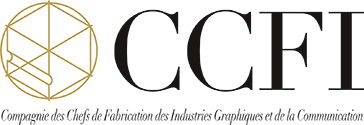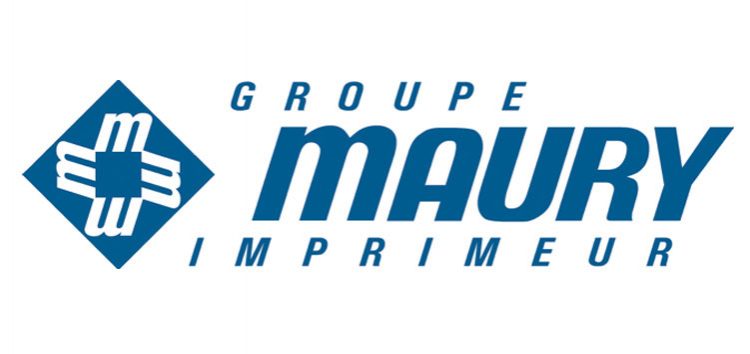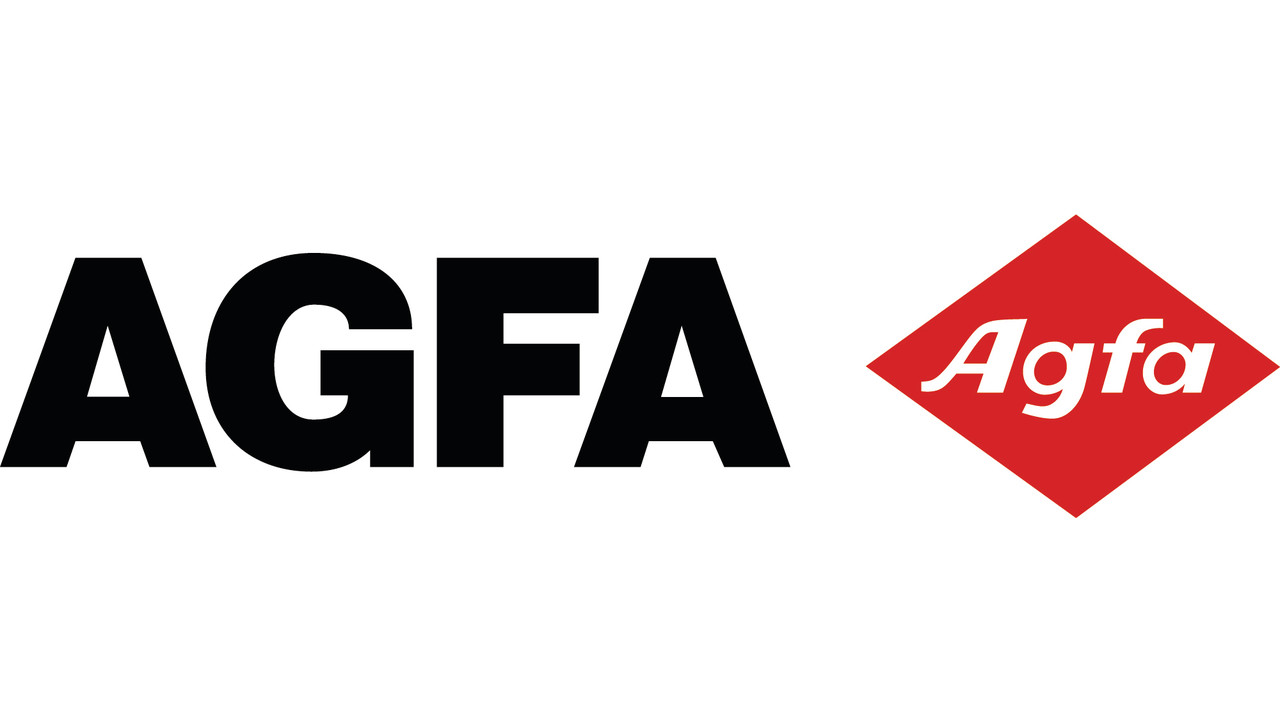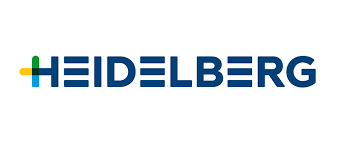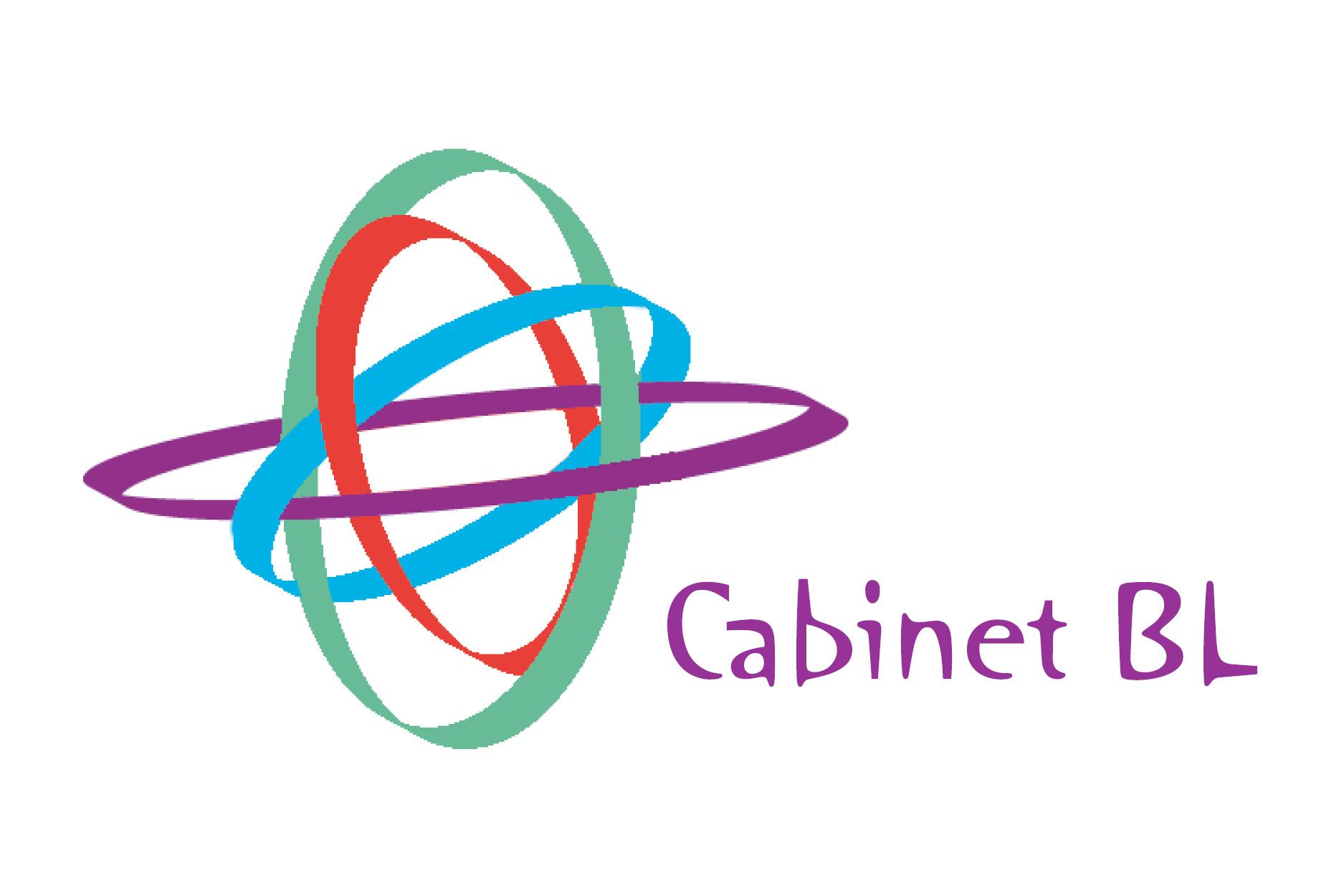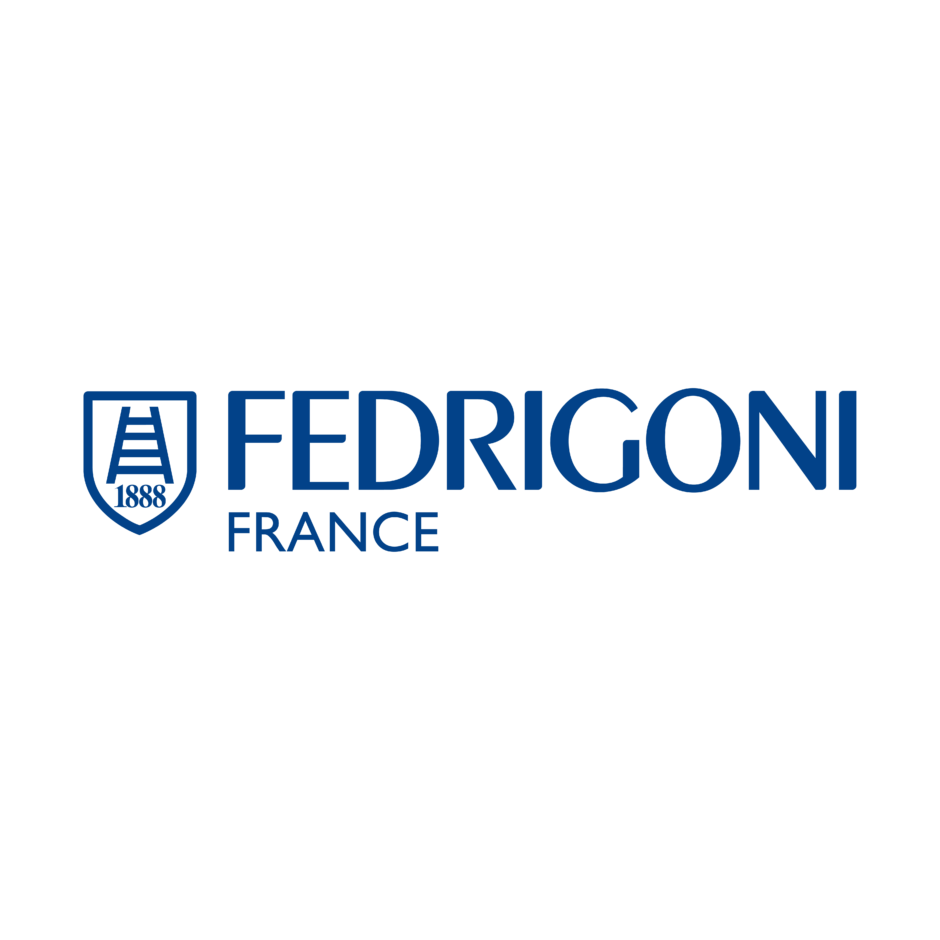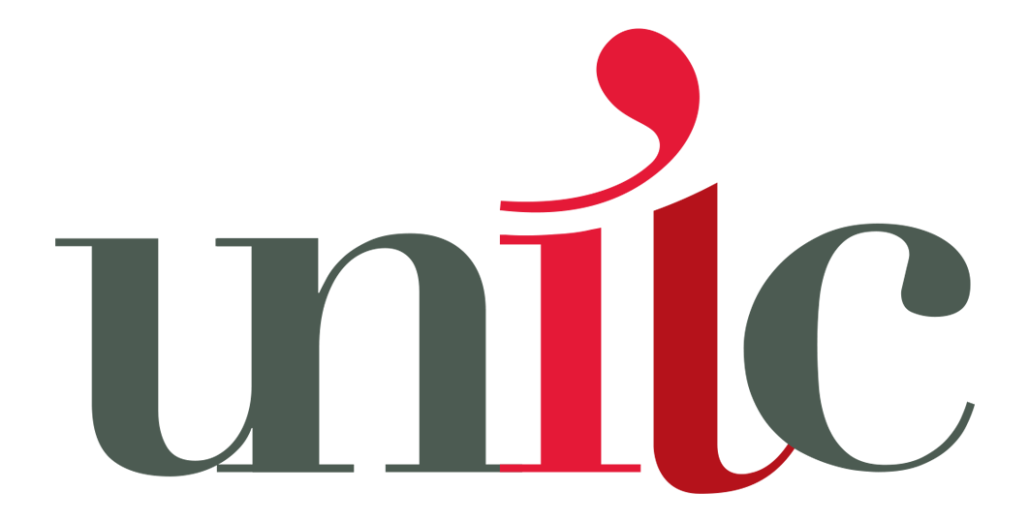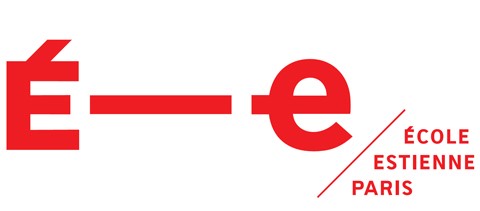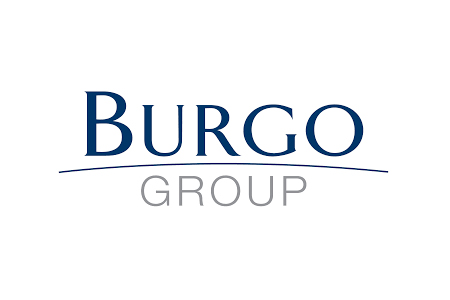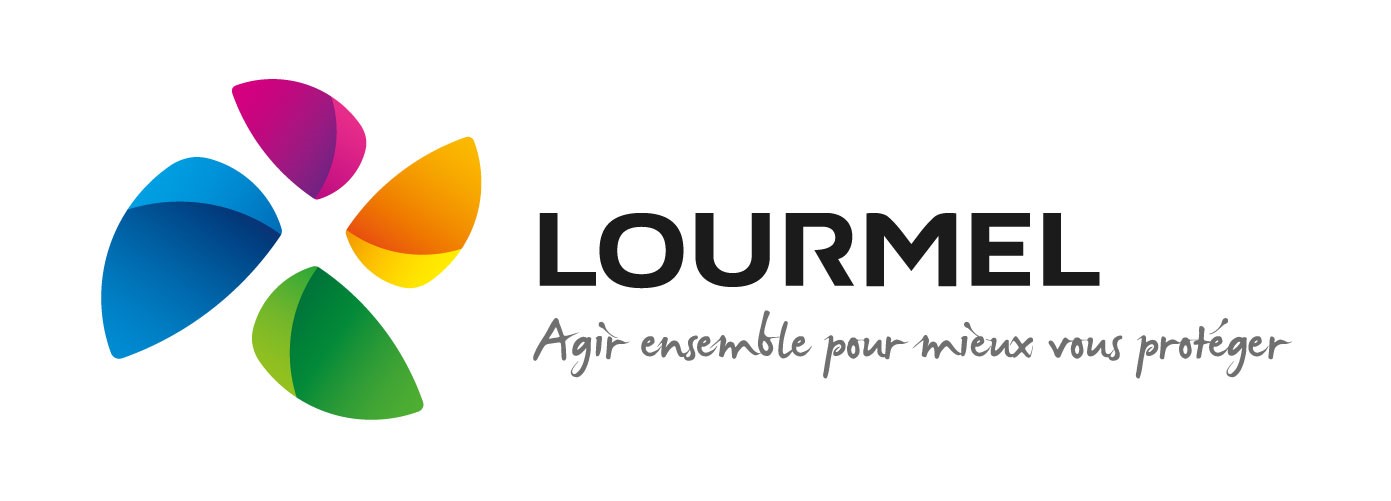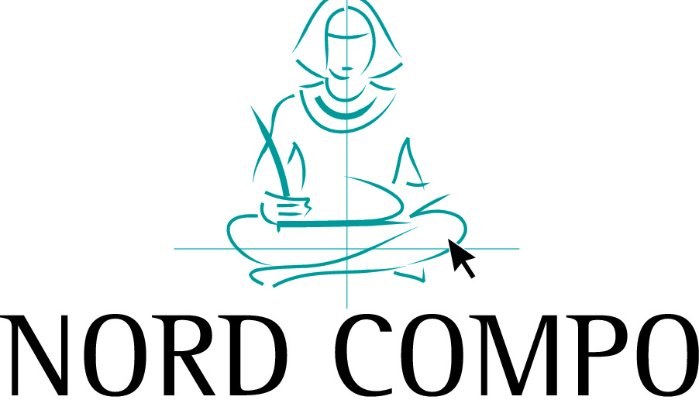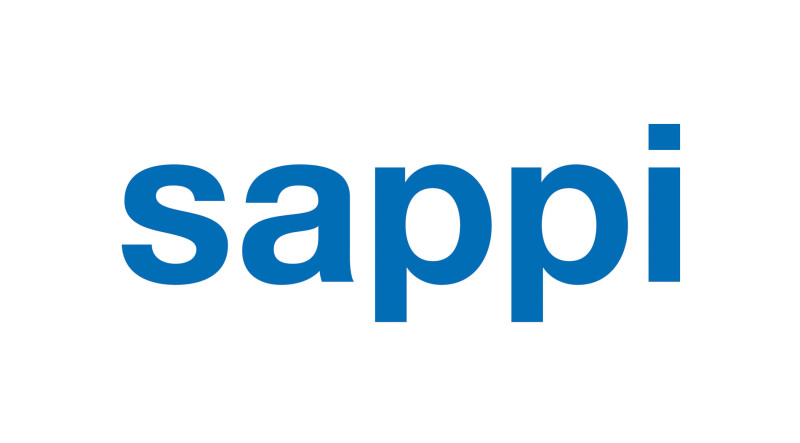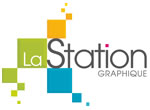Paying for news: price and value under the spotlight
The cost of living has severely impacted subscription to online news globally, finds a new report. Yet an analysis of the US, UK and German markets shows that while growth is levelling out, there’s hope for publishers willing to match price with value – AND a dozen or more global WAN-IFRA case studies prove it…
Between January 2022 and January 2023, at least a third of subscribers – across 20 countries – cancelled or renegotiated the price of their subscription, according to Reuters 2023 Digital News Report.
The significance here is that “a vast majority of news consumers (83%) do not currently pay for online news,” and “half or more of those who are not currently paying say nothing could persuade them (65% in the UK, 54% in Germany, and 49% in the US),” reads the report.
Now, a new study by the Reuters Institute for the Study of Journalism, using that survey data, combined with qualitative research from the United Kingdom (UK), United States (US), and Germany, has found the cost of living to be the biggest reason for cancellation, along with a perceived lack of regular use.
The report, by Nic Newman and Dr Craig T. Robertson, set out to determine who is paying for news content online, which publications they pay for, how much they pay, and what motivations they have for subscribing or donating to news.
“For some in the UK, a key trigger point was the end of a low-price trial – especially in the face of potentially sharp increases to full-price subscriptions, a leap many were unwilling to make. For others, it was a change in life circumstances.
“In the US, where the impact of energy price hikes and inflation has been less severe, there were fewer direct mentions of the cost of living. But the high price of news subscriptions (especially after trials ended), compared with the perceived value that people felt they were getting, was a regular theme.”
Other factors, such as political leanings, also play a role – especially in the UK and US. “When it comes to paid subscriptions, identification with specific journalists and news brands is especially important in the UK and the US, where the political positioning of a brand is an important part of the value proposition. By comparison, traditional brands in Germany often take a more neutral position, appealing to a bigger pool of readers from both left and right.”
Motivating a value proposition
The report highlights five key factors motivating news subscribers.
These are:
1) distinctive and high-quality news and analysis
2) alignment with the values or political outlook of the brand
3) a desire to support good journalism,
4) a premium user experience, and
5) lifestyle features, puzzles, and games.
While German subscribers say they are motivated by price factors (29% cite being offered a good deal or trial as a reason for paying, compared with 22% in the UK), as well as the quality of content, “Americans are also more likely to cite ‘funding good journalism’ as a reason (38%) for subscribing, compared with Germany (30%) and the UK (29%), perhaps because consumers in the latter two markets feel they have in some sense already contributed via fees to public broadcasters.”
‘This research has highlighted the barriers that need to be overcome, as well as the many opportunities that exist to reach new subscribers. If the price is right and the value can be clearly shown, the future of journalism can still be bright.’
Key findings
- Across most of the 20 countries analysed, payment for online news is levelling off with high levels of cancellation strongly linked to the cost-of-living crisis.
- Low-price introductory offers are effective at attracting new subscribers but many struggle to see the value when it comes to renewal and paying the full sticker price.
- Long-term news subscribers tend to be male, older, richer, and better educated, with a strong interest in news and politics. Younger subscribers tend to pay less and are more likely to make donations than older groups.
- News subscribers are attracted by a combination of distinctive high-quality, curated, and exclusive content, identification with the brand, a desire to support quality journalism, and a higher-quality user experience.
- Around half of non-subscribers say that nothing could persuade them to pay for online news, but others could be attracted by a lower price, more relevant content, or less cluttered (ad-free) websites and apps.
- For some people the value of news subscriptions is partly conditioned by the amount and quality of free content (from both commercial and public service outlets) available in a market, as well as by the price and experience of entertainment services such as TV, sport, and music.
Source: Paying for news: Price-conscious consumers look for value amid cost-of-living crisis
Source: Paying for news: Price-conscious consumers look for value amid cost-of-living crisis
Source: Paying for news: Price-conscious consumers look for value amid cost-of-living crisis
Now for the good news: how to make a difference
Online news publishers and organisations seeking to find and engage new audiences have long been facing multiple challenges, from News avoidance to tech innovations that exacerbate this. “The decline in referrals from Facebook and Twitter (now X) and uncertainty over search traffic in the era of AI-powered chatbots have increased the urgency of making paid online news work.”
That said, despite the downturn in subscriptions and what appears to be a gloomy future scenario, “the overall number of subscribers has not fallen, and many news publications continue to grow, albeit slowly, despite the difficult economic conditions.”
On an even more positive note, the report also identified “a very large number of potential subscribers with a high interest in news and strong brand connections who are actively looking for higher-quality or more relevant sources of information.
‘The key problem here is a mismatch between the price they are being asked to pay and what they think a news subscription is worth.’
The survey suggests that publishers keen to increase audiences and engagement consider the following within their pricing strategy:
- a lower, more affordable package
- the ability to share the cost of subscriptions among friends and family, or
- a subscription that includes more value (some kind of bundle).
“Taken together, these options appeal to three in ten (29%) non-payers in the US and around a fifth in Germany (22%) and the UK (20%),” reads the report.
